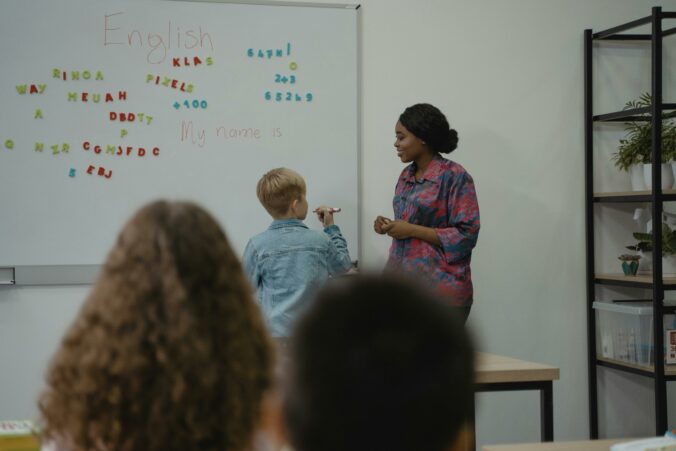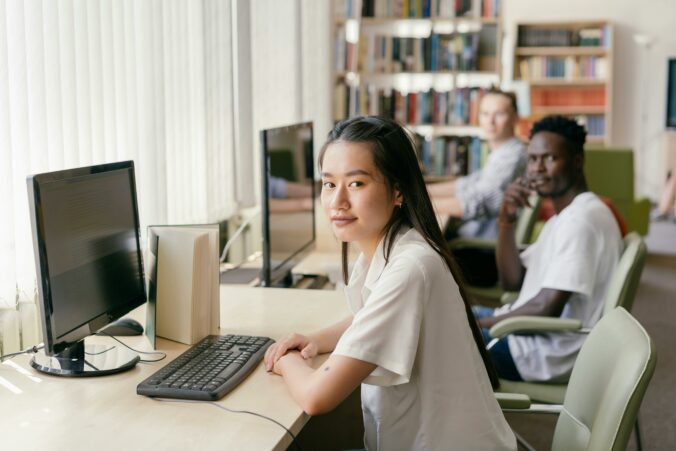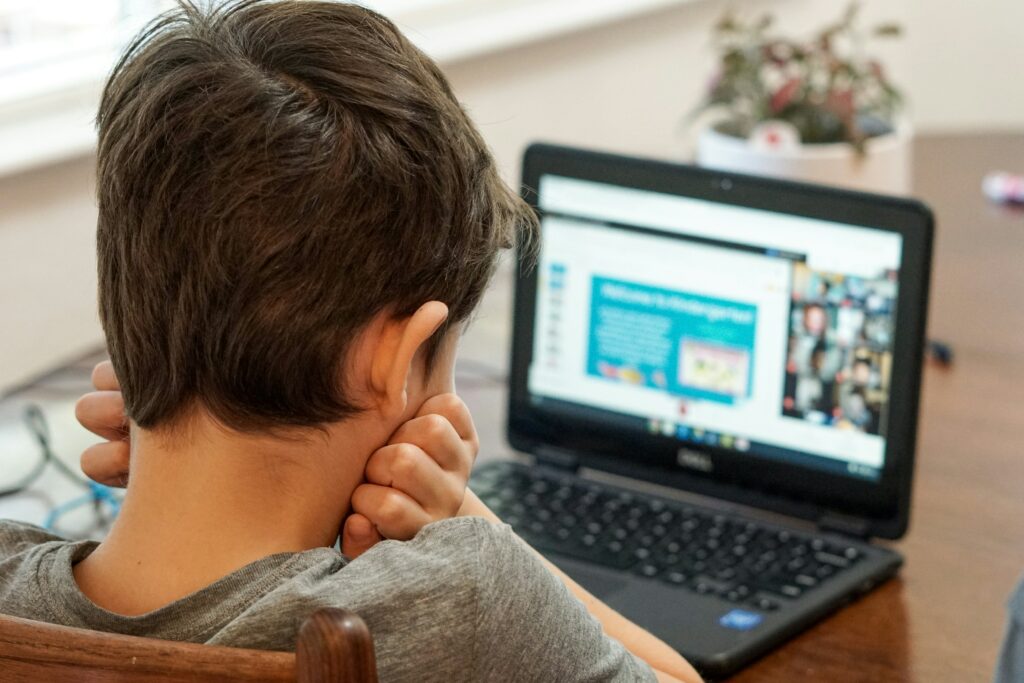Universal Design for Learning (UDL) is a framework that accommodates students with diverse learning needs. The three main principles are the means of (1) representation, (2) action and expression, and (3) engagement (“Introduction to Universal Design for Learning (UDL)”, 2024). The means of representation means using different types of media formats such as text, audio, or video. The means of action and expressions imply the ability to show knowledge differently. The means of engagement means teaching content such that it allows learners to engage with the content differently. The goal for UDL is to accommodate a diverse student population. Accommodations provide accessibility for the visual, hearing, and mobility impaired. Hence, a digital classroom benefits from different representations of learning. For example, a student with a hearing impairment will benefit from a media format like text. In regards to in-person, mobility impairments can be a learning barrier. UDL applies ramps or automatic doors to be a more inclusive learning space.
Digital Equity
Applying strategies and tools to gain digital equity is essential in a digital learning space. Some strategies to consider when creating digital equity are the following:
- Critical thinking: To engage with content effectively, students should know how to reflect and analyze the digital media they are consuming (“Digital Equity in the Classroom”, n.d).
- The means of representation (UDL): Apply different media formatting to accommodate student impairments.
- Instructor support: A way for an instructor to effectively support students who are having trouble understanding teaching content (Tate & Warshauer, 2022).
EdTech Challenges
Education technology can also bring challenges to a learning environment. For one, students do not have equal access to technology at home. In an in-person environment, if you assign homework that requires a computer, they may only have access to a shared computer. Hence, computer time is an issue. The student may not have the same time to work on their homework compared to other students. Digital privacy is also a big concern for parents and students. One way to improve digital privacy is by safeguarding digital information using tools like Multifactor authentication and passwords (Alphonso, 2023).

Moreover, there should be clear communication between parents and teachers about these digital tools. The school should inform parents about the digital tools they use. Not only how it applies to their student’s education, but to their personal information.
This Forbes article goes more in-depth about how instructors can ensure digital privacy.
Digital Responsibilities in Social Settings
A digital space in a social setting can be unpredictable when left unmoderated. Therefore, the following actions should be taken to ensure a welcoming learning environment:
- Establish expectations: Make it clear that violations such as plagiarism, and discrimination are not accepted.
- Moderate the environment: There should be an outlined plan for when these violations occur.
- Avoid misinformation: Information should be analyzed critically. Therefore, if there are claims students should be encouraged to source it.
Past Experiences
In my past experiences, one learning environment that I experienced used video transcripts with a lecture recording. It addressed the principle of representation. I was satisfied with the accommodations that were provided in that class.




